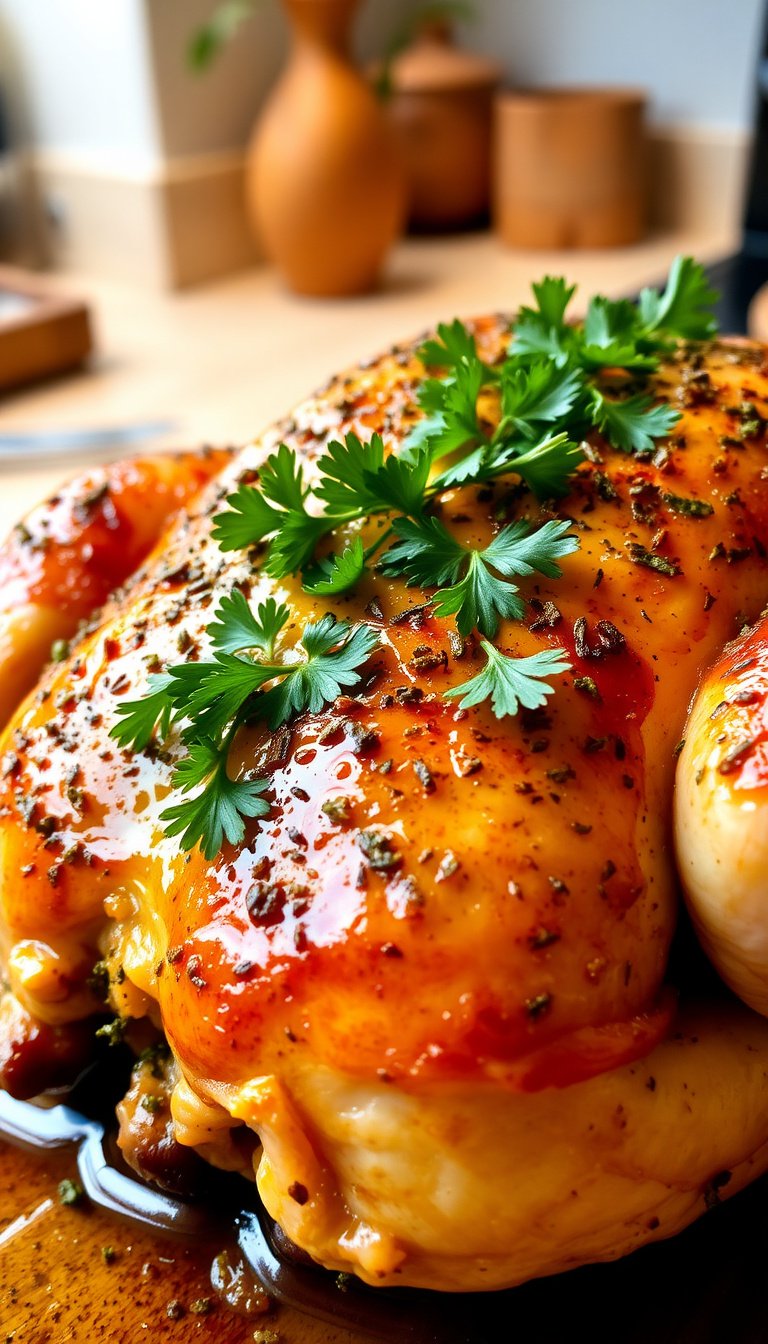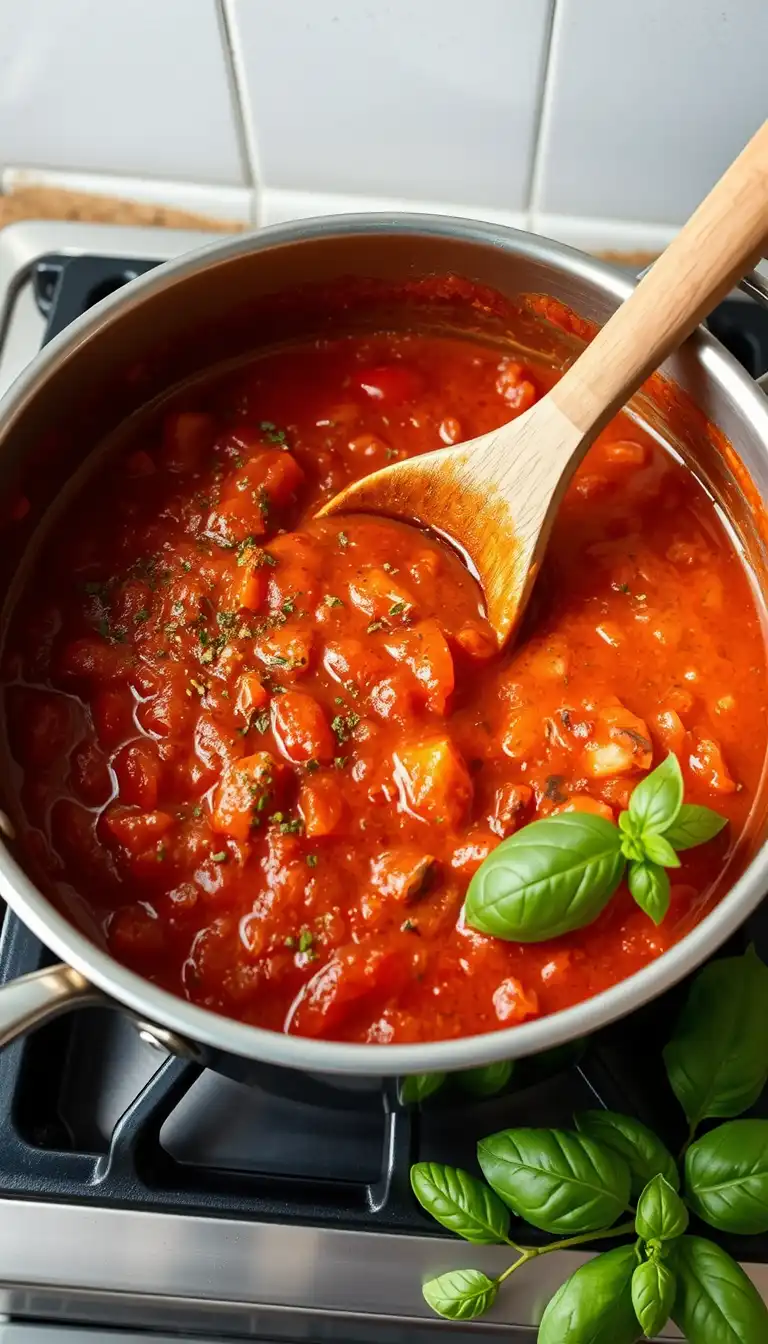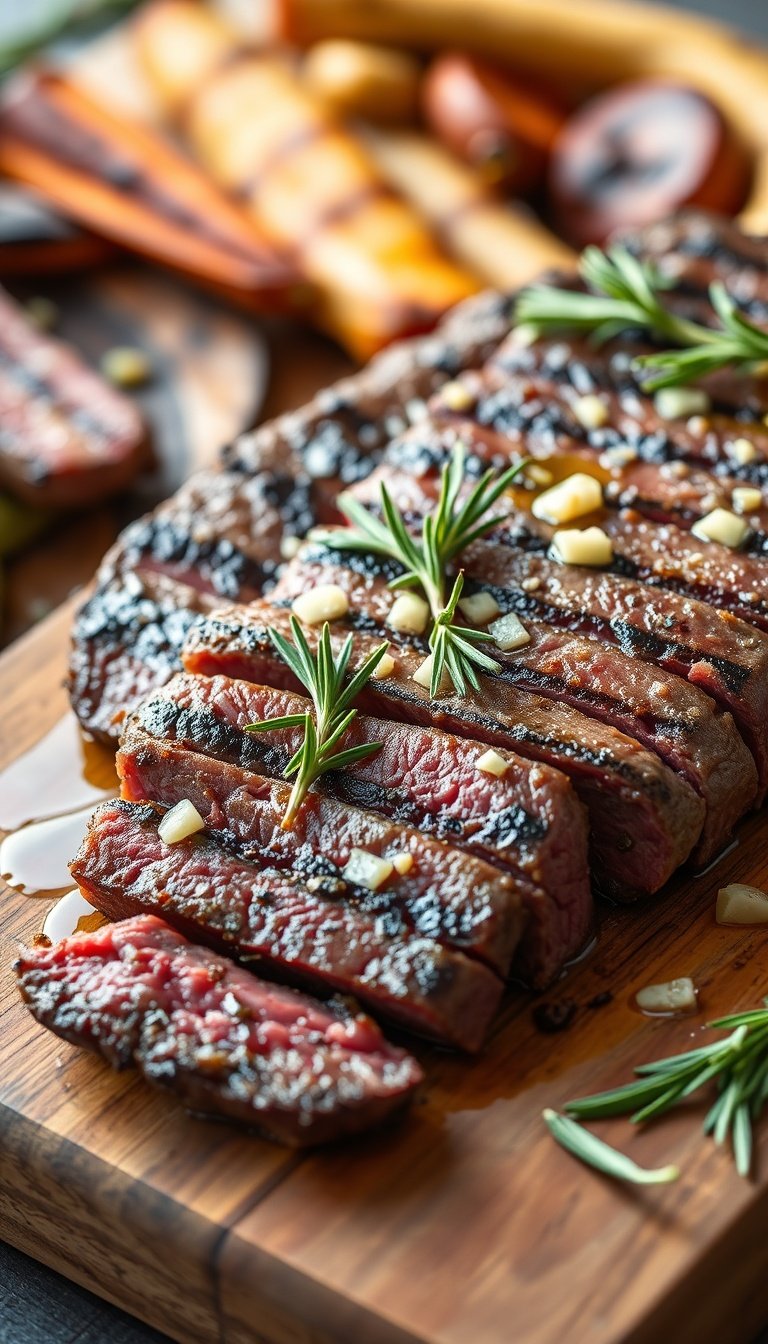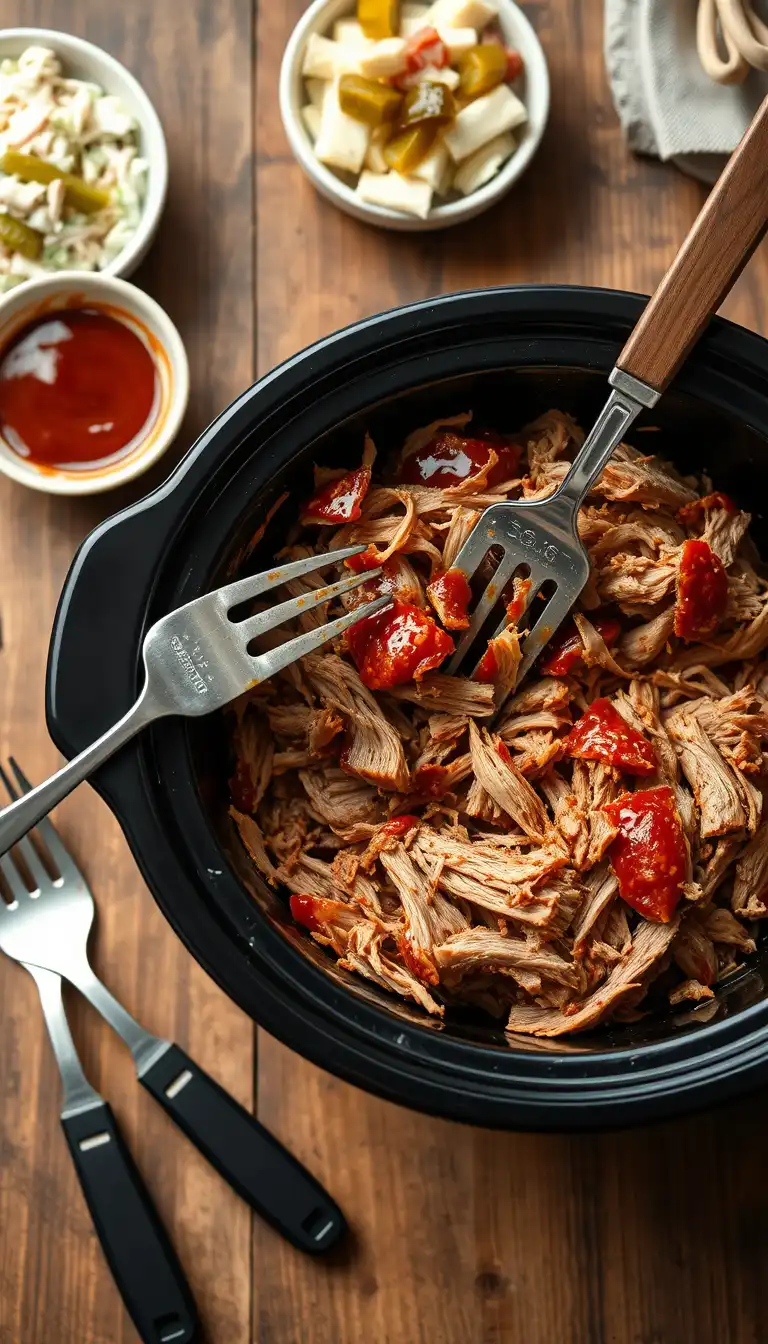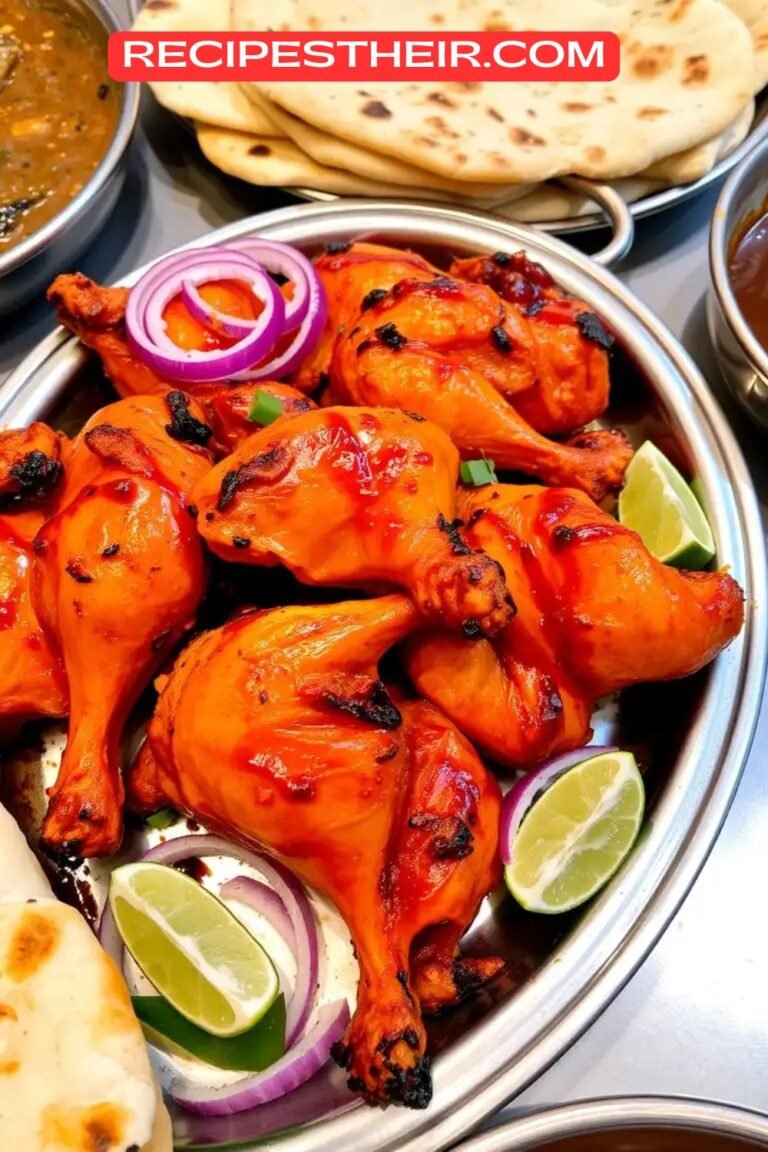If you’ve ever savored the juicy, tender meat tucked into a warm corn tortilla and wondered, “Barbacoa, what part of the cow is this?”—you’re not alone. This flavorful dish has roots deeply planted in Mexican tradition and brings more to the table than just great taste. Today, we’ll explore exactly what part of the cow barbacoa comes from, its rich cultural history, how to cook it, and share a foolproof barbacoa recipe you can make at home.

What Is Barbacoa?

Barbacoa is a traditional Mexican dish made by slow-cooking meat—usually beef, lamb, or goat—until it’s tender enough to fall apart. The word “barbacoa” originates from the Taíno people of the Caribbean, whose cooking method involved digging a pit and slow-cooking meat over an open flame. The Spanish adopted this style, and it eventually evolved into the Mexican barbacoa we know and love today.
Barbacoa: What Part of the Cow Is It?
The Traditional Cut

Traditionally, barbacoa is made using the beef head, specifically the cheek meat (also known as cachete in Spanish). The cheek is rich in fat and connective tissue, which breaks down beautifully during slow cooking, resulting in incredibly juicy and flavorful meat.
In some regions of Mexico, they use the entire cow’s head, including the tongue, eyes, and brain. While this may sound unusual to some, it’s a culinary tradition that respects nose-to-tail cooking and yields a depth of flavor that’s hard to beat.
Modern Substitutes

For home cooks who may not have access to cow heads, popular substitutes include:
- Beef Cheeks – Closest to traditional barbacoa.
- Chuck Roast – Readily available and marbled for slow cooking.
- Brisket – Rich and fatty, great for long cook times.
- Beef Shank – Includes bone and connective tissue for added flavor.
Why Use These Parts of the Cow?
These cuts of beef are full of collagen and fat, which melt into the meat as it cooks. This slow rendering process gives barbacoa its signature richness and tender, pull-apart texture. The goal is meat that’s so tender it practically shreds with a fork.
Authentic Mexican Barbacoa Recipe
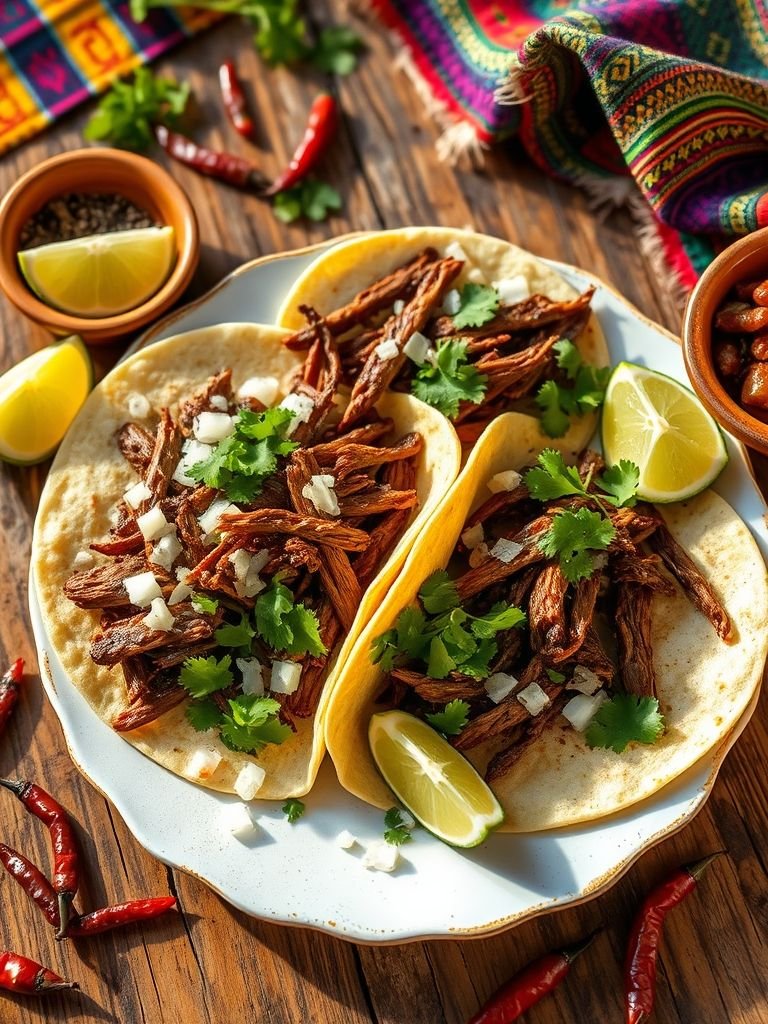
Now that we’ve answered “Barbacoa what part of the cow is it?”—let’s get cooking! This recipe uses chuck roast for accessibility, but you can easily swap it with beef cheeks if you can find them.
Ingredients:
- 3–4 lbs beef chuck roast (or beef cheeks if available)
- 3 dried guajillo chiles, stems and seeds removed
- 2 dried ancho chiles, stems and seeds removed
- 1 white onion, chopped
- 4 garlic cloves
- 1 tbsp apple cider vinegar
- 2 tsp cumin
- 1 tsp dried oregano (preferably Mexican)
- ½ tsp ground cloves
- 2 bay leaves
- 1 tbsp salt
- 1 tsp black pepper
- 1 cup beef broth
- Juice of 1 lime
- Optional: ½ tsp chipotle powder for smoky heat
Equipment:
- Large skillet
- Blender
- Dutch oven, Crock-Pot, or Instant Pot
Instructions:
1. Toast the Chiles
In a dry skillet over medium heat, lightly toast the guajillo and ancho chiles for about 1–2 minutes until fragrant. Be careful not to burn them.
2. Soak the Chiles
Transfer the toasted chiles to a bowl and cover with hot water. Let them soak for 15 minutes to soften.
3. Make the Marinade
In a blender, combine the soaked chiles, onion, garlic, vinegar, cumin, oregano, cloves, salt, pepper, lime juice, and beef broth. Blend until smooth.
4. Sear the Beef
In a hot skillet or your Dutch oven, sear the beef on all sides until nicely browned. This step locks in flavor.
5. Slow Cook
Add the seared beef to your slow cooker or Dutch oven. Pour the chile marinade over it, add bay leaves, and cover.
- Slow Cooker: Cook on LOW for 8–10 hours or HIGH for 5–6 hours.
- Dutch Oven: Bake at 300°F for 4–5 hours.
- Instant Pot: Pressure cook on high for 60–75 minutes with natural release.
6. Shred and Serve
Once the meat is fork-tender, shred it with two forks, removing any large fat pieces. Return the shredded meat to the juices to soak up all that bold flavor.
How to Serve Barbacoa
Barbacoa is incredibly versatile. Try these classic serving ideas:
- Tacos: Serve in warm corn tortillas with chopped onions, cilantro, lime, and salsa.
- Burrito Bowls: Layer over rice with black beans, pico de gallo, and avocado.
- Quesadillas: Stuff into tortillas with cheese and griddle until crispy.
- Breakfast: Try barbacoa with eggs and tortillas for a hearty morning meal.
Tips for Perfect Barbacoa
- Don’t rush the cook time – Low and slow is key.
- Use the right cut – Fatty, collagen-rich cuts give the best results.
- Make it ahead – Barbacoa tastes even better the next day after the flavors meld.
- Double the batch – It freezes beautifully for quick future meals.
Barbacoa FAQs
Can I make barbacoa spicy?
Yes! Add a chipotle pepper in adobo or a pinch of cayenne to the marinade for heat.
What’s the difference between barbacoa and carnitas?
Barbacoa is traditionally beef cooked with chiles and spices, while carnitas is pork slowly cooked (often in lard) until crispy on the edges.
Can I use a different meat for barbacoa?
Absolutely. While beef is the most common in the U.S., lamb and goat are traditional in some parts of Mexico. The cooking method remains the same.
How long does barbacoa last in the fridge?
Barbacoa will keep for up to 4 days in the fridge and up to 3 months in the freezer. Reheat gently with a bit of broth or water to keep it moist.
Final Thoughts: Barbacoa, What Part of the Cow?
So, what part of the cow is barbacoa? Traditionally, it’s the cheek meat, known for its luscious texture and rich flavor. But don’t worry if you can’t find beef cheeks—cuts like chuck roast or brisket still deliver delicious results.
This dish is a beautiful blend of culture, tradition, and comfort. Whether you’re honoring heritage or just craving an incredible taco night, barbacoa is a must-try recipe that brings bold, authentic flavor right to your kitchen.

